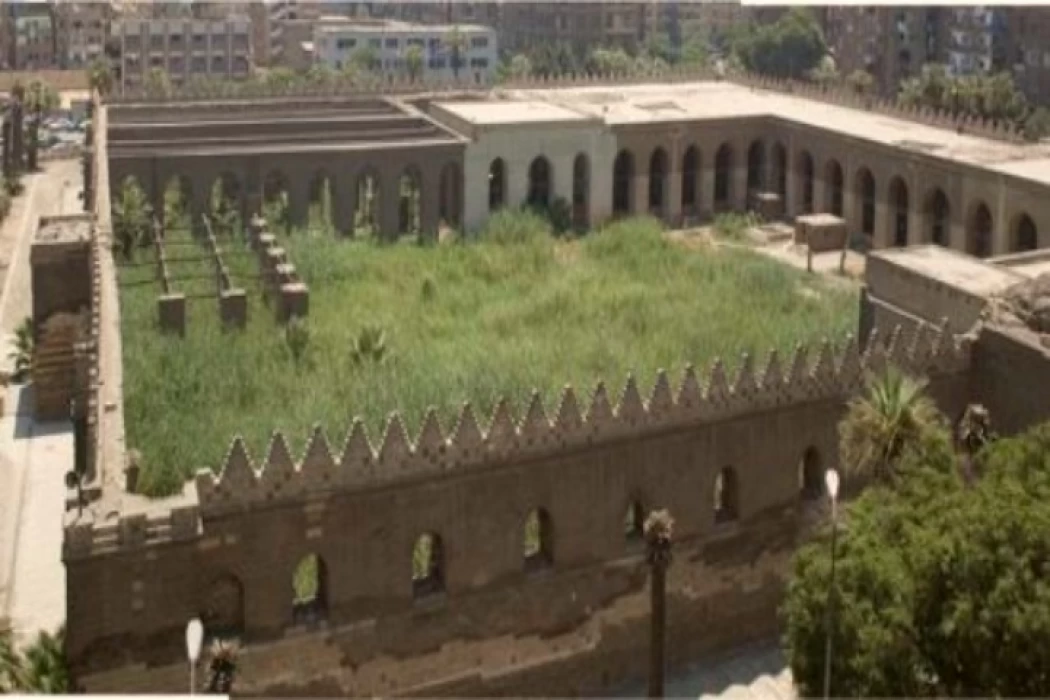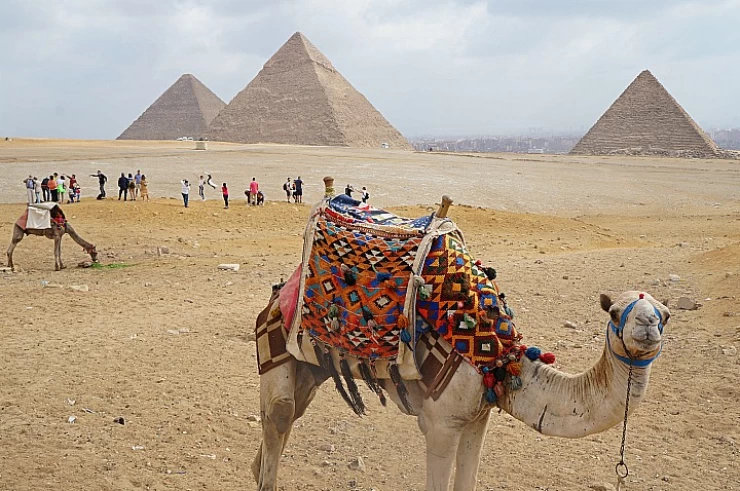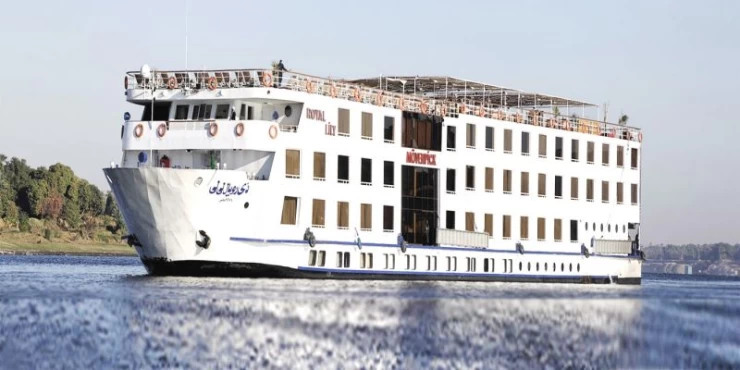
Al Zahir Baybars Mosque
The Al-Zahir Mosque or Al-Zahir Baibars mosque is one of the historical mosques of Cairo, established by King Al-Zahir Baibars Al-bandagdari in the year 665 AH.
History of the mosque
The apparent King Baibars started the establishment of this mosque in 665 Ah In his field, where he was playing with the ball, and completed it in 667 AH. and made the rest of the field stand on the mosque. When the French came to Egypt, they installed cannons in it and took it as a fortress, then it was transformed in the era of Muhammad Ali into a camp for the Sinhalese takarna sect, then into a soap factory and finally turned into an altar during the English occupation, and in 1893 the committee for the preservation of Arab Antiquities took care of repairing the mosque and trying to return it to its original mission. On June 4, 2023, the Egyptian Ministry of Awqaf opened the mosque after its restoration and maintenance.
Description of the mosque
Its external walls and some parts of the Qibla Portico remain. Time has also preserved many of its decorative details, whether stucco or carved in stone.
These remains give us a correct idea of what the mosque was like at the time of its creation, of splendor and majesty. Its layout, similar to other advanced mosques, consists of an open courtyard surrounded by four corridors, the largest of which is the Qibla corridor, the contracts of which were carried on marble columns, except for the one supervising the courtyard, they were carried on rectangular building shoulders, as well as the third row of contracts from Sharq, whose contracts were also carried on building shoulders.
This dome was large and high; unlike its counterparts in the previous mosques, it was small and modest. As for the four faces of the mosque, the Constitution stone building opened with knotted windows at the top and crowned with serrated balconies, and was distinguished by its towers erected at the four corners of the mosque and its three entrances protruding from the azimuth of its destinations. The largest and most important of these entrances is located in the middle of the western face opposite the mihrab.
This entrance, as well as the other two entrances located at the sea and tribal destinations, was decorated with various ornaments and ornaments, from rows knotted with cones to others ending with Muqarnas with dedicated niches to other beautiful decorative units, most of which were quoted from the decorations of the destinations of the AL-Aqmar mosque, the Saleh Mosque, the forerunners and the entrance to the Salhiya school. The lighthouse was located in the middle of the western face above the western entrance.
Vandalism of the mosque
The main entrance to the mosque is located in the middle of the north-western facade, while the main entrance square is covered by a dome, and it was topped by a minaret, but it was demolished, and at the time of the French campaign, the invaders turned it into a fortress and made its minaret a defensive tower. As the French did with the Al-Azhar mosque when they desecrated it and released their horses in it because of the spark of the first Cairo revolution, the soldiers of the campaign took the Al-Zahir Mosque as a barracks for their residence, and also installed cannons on its walls. Historical accounts indicate that the mosque was converted into a soap production factory in the era of Muhammad Ali Pasha after it was vandalized by the French.
After the British occupation of Egypt in 1882, the occupiers turned the Al-Zahir Mosque into an altar, and the area became known among Egyptians as the"altar of the English", and this continued until the evacuation of the English from Egypt in the 1950s of the twentieth century.
Restoration of the Al-Zahir Baibars mosque
The mosque is considered an icon of Mamluk architecture in Egypt, and its restoration project began in 2007, then stopped in 2011, and resumed in 2018 with a grant from the state of Kazakhstan, which allocated the project 4.5 million dollars.
The project of restoration and development of the mosque was entrusted to the Arab Contractors Company, which removed the weeds from its yard, filtered the underground water passages, and replaced the existing pink bricks in the columns of the portico with others of baby bricks.
The development works include strengthening the foundations of the columns and the pulpit, restoring some areas of the mosque to reach its original shape, preserving its historical character, and restoring its 60 marble columns.
The project also includes the development of the North-West Iwan with an area of 1040 square meters, the North-East Iwan with an area of 880 square meters, the South-West Iwan with an area of 880 square meters, in addition to the entrances of the Iwan.
In February 2022, the president of the Senate of the state of Kazakhstan visited the project of restoration and reconstruction of the Al-Zahir Mosque, and expressed his thanks and appreciation to the Egyptian government and the Arab Contractors Company for their interest in the project.
The Kazakh official pointed to the historical and religious value of the Al-Zahir Mosque for the Kazakh people, explaining that 120 thousand Kazakh tourists visit Egypt every year and head to the mosque before visiting the monuments of Egypt.
















